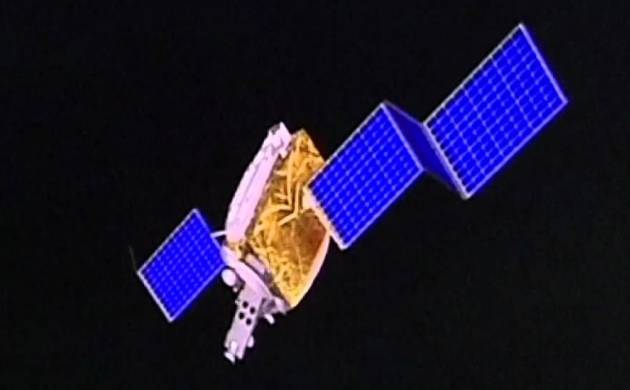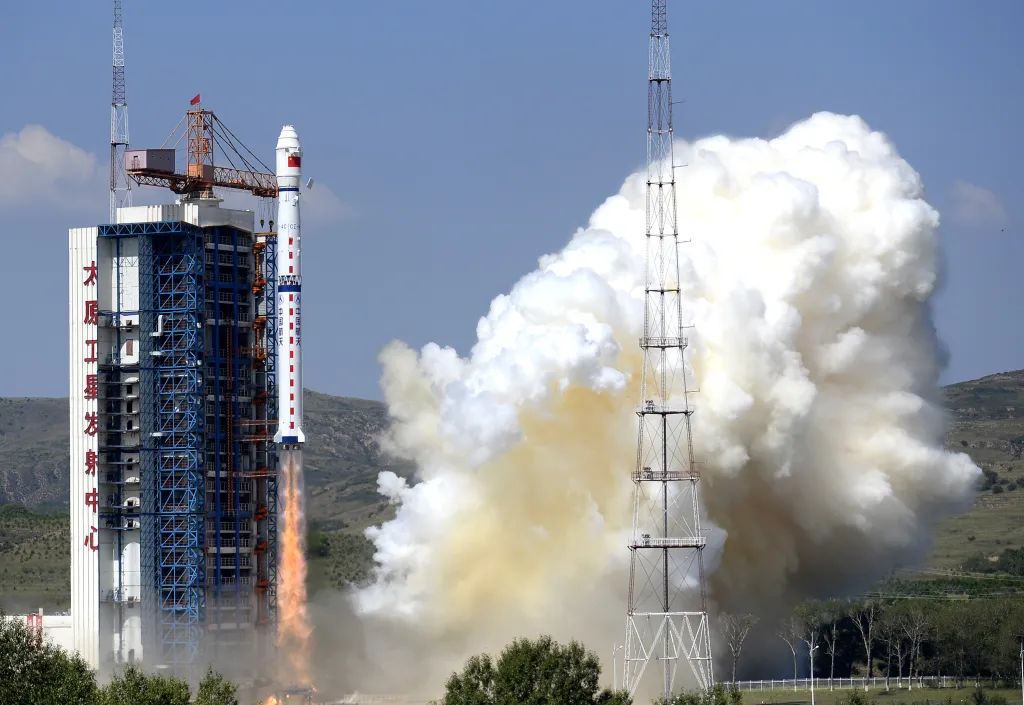Featured image credit: Xinhua
Lift Off Time | April 30, 2021 – 07:25 UTC | 15:25 BJT |
|---|---|
Mission Name | Yaogan-31-05, three Chinese reconnaissance satellites |
Launch Provider | China Aerospace Science Corporation (CASC) |
Customer | Chinese Ministry of National Defense |
Rocket | Long March 4C |
Launch Location | Site 9401, SLS-2, Jiuquan Satellite Launch Center, China |
Payload mass | Unknown, a maximum of 4,200 kg (9,300 lbs) based on orbital parameters |
Where are the satellites going? | 1,100 km low-Earth orbit (LEO), ~63.4° |
Will they be attempting to recover the first stage? | No, this is not a capability of the CASC |
Where will the first stage land? | It will crash on land in North-West China |
Will they be attempting to recover the fairings? | No, this is not a capability of CASC |
Are these fairings new? | Yes |
How’s the weather looking? | No information is available |
This will be the: | – 33rd launch of a Long March 4C – 11th Chinese launch of 2021 – 38th orbital launch attempt of 2021 |
Where to watch | If available, a livestream will be listed here |
What’s all this mean?
The China Aerospace Science Corporation will launch 3 Yaogan-31-05 reconnaissance satellites into a 1,100 km low-Earth orbit. The trio of satellites will be launched on the Long March 4C rocket, from Jiuquan Satellite Launch Center, in China.
Yaogan Satellites
As with most reconnaissance satellites, very few specifics of the actual satellites are known. However, the Chinese government has released some information about the Yaogan constellation. Currently, there are 73 Yaogan satellites in a variety of orbits, ranging from 35° to 100° and orbital altitudes from 480 km circular orbits to 1,200 km eccentric orbits. The Yaogan-31-05 mission is a follow up to the Yaogan-31-01, Yaogan-31-02, Yagocan-31-03, and Yaogan-31-04 missions, which launched on April 10, 2018, January 29, 2021, February 24, 2021, and March 13, 2021 respectively.
The Yaogan constellation is a Chinese reconnaissance constellation. According to Chinese media, the satellites are used for scientific experimentation, surveying land, assessing crop yields, and monitoring disasters; the trio of satellites being launched on the Yaogan-31-5 mission will primarily be used for tracking and monitoring fishing vessels. However, the satellites are likely also used for reconnaissance purposes.

While in the same constellation, not all Yaogan satellites use the same instrumentation. Some of the Yaogan satellites are equipped with a synthetic-aperture radar (SAR). SAR uses the motion of the radar to create a 2D image, or a 3D reconstruction, with a higher resolution than if the sensor was stationary. It is unknown if Yaogan-31-05 satellites will use SAR, or if they will use other technology that is classified.
Long March 4C
The Long March 4C is a 3 stage medium-lift launch vehicle derived from China’s Long March 4B vehicle. It is able to put up to 4,200 kg into low-Earth orbit, and up to 1,500 kg into geostationary transfer obit (GTO).

First Stage
The first stage has 4 open cycle YF-21C engines. Each engine runs on dinitrogen tetroxide (N2O4) and unsymmetrical dimethylhydrazine (UDMH), producing 740 kN of thrust each, with a specific impulse (ISP) of 260 seconds. Overall, the first stage produces 2,960 kN of thrust and carries 182,000 kg of propellent. The first stage is 27.91 meters tall, and 3.35 meters in diameter.
Second Stage
The second stage runs on a single YF-24C engine, which contains 1 main YF-22C engine for thrust, and 4 YF-23C attitude control thrusters. The main engine produces 742 kN of thrust and the attitude control thrusters each produce 47 kN, and both run on N2O4 and UDMH. The main engine’s ISP is 300 seconds, and the attitude control thrusters have an ISP of 289 seconds. The second stage is 10.9 meters tall, 3.35 meters in diameter, and carries 52,700 kg of propellent.
Third Stage
The third stage has two open cycle YF-40A engines that also run on N2O4 and UDMH. Each engine produces just over 100 kN of thrust and has an ISP of 303 seconds. The third stage is 14.8 meters tall and 2.9 meters wide.





Very cool,..I captured it from New Zealand. https://www.youtube.com/watch?v=LuxZ73z37mA